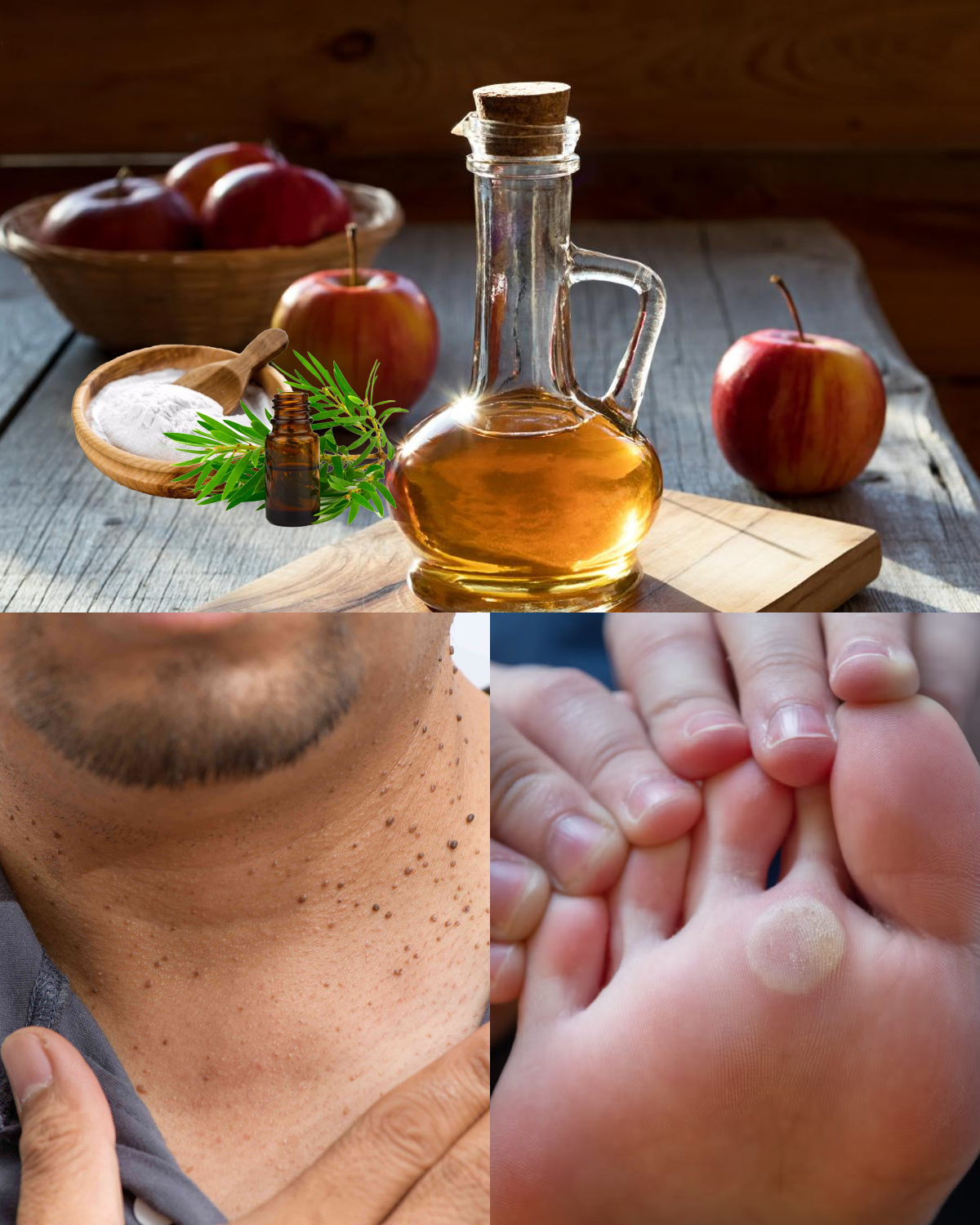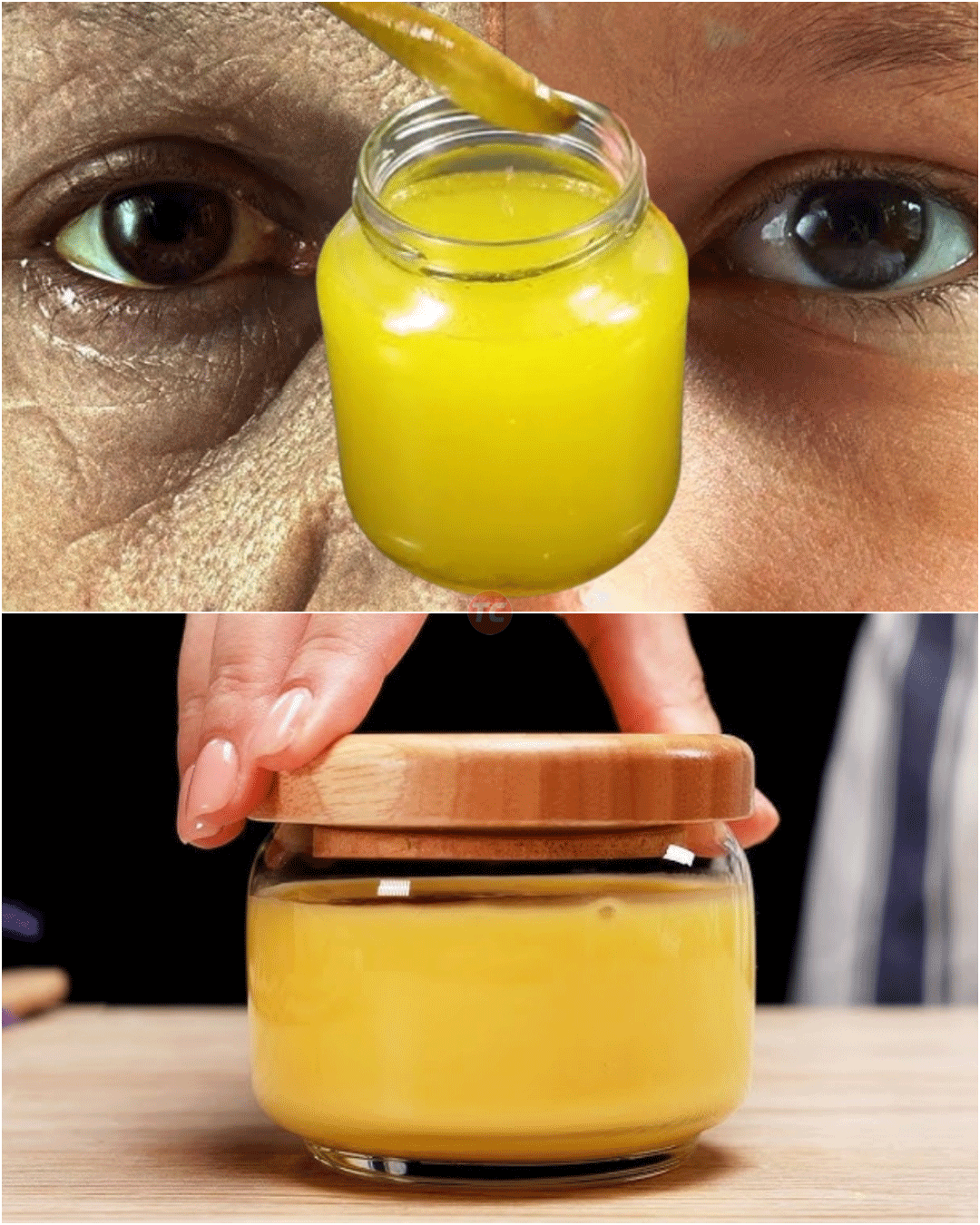
In an age where modern agriculture increasingly relies on chemical intervention, choosing organic vegetables is no longer just a lifestyle choice—it’s a necessary step toward safeguarding your health.

Pesticides: The Vicious Cycle of Industrial Farming
The video begins by highlighting a troubling trend: the escalating use of pesticides in agriculture. As pests develop resistance, farmers are forced to apply higher doses or use multiple chemical agents. This results in:
Degraded soil quality
Weaker crops
Increased chemical dependency
Ultimately, it’s a cycle that harms the environment and leaves consumers exposed to unsafe levels of toxic residue in everyday foods.
Serious Health Risks: From Memory Loss to Cancer
The video connects pesticide exposure to a range of serious health concerns, including:
Chronic headaches and memory impairment
Hormonal imbalances and infertility
Neurological disorders
Increased risk of certain cancers
What’s especially concerning is that many pesticides are fat-soluble, meaning they accumulate in the body’s fat tissues and can’t be washed off with water.
Testing Limitations: What Science Isn’t Catching
Current testing methods fall short—they often evaluate pesticides one by one, ignoring the cumulative effects of long-term exposure to multiple chemicals simultaneously. This underestimates the real risks consumers face in everyday diets.
Top 10 Vegetables to Always Buy Organic
Based on pesticide residue levels, the video recommends buying these vegetables organic whenever possible:
- Spinach
- Kale, collard greens, mustard greens
- Bell peppers and hot peppers
- Green beans
- Tomatoes
- Celery
- Lettuce
- Cucumbers
- Broccoli
- Other items from the “Dirty Dozen” list
The Dirty Dozen & Clean Fifteen: A Shopper’s Guide
The video also references the Environmental Working Group (EWG)’s annual reports:
Dirty Dozen: 12 fruits and vegetables with the highest pesticide residues
Clean Fifteen: 15 with the lowest
These lists serve as essential guides for consumers looking to make safer, smarter food choices without breaking the bank.
How to Spot Organic Produce: PLU Codes Explained
A helpful tip shared in the video is how to read PLU codes—the stickers found on most produce items:
Codes starting with 9 = organic
Codes starting with 8 = genetically modified (GMO)
4-digit codes = conventionally grown
Healthy Body, Healthy Detox: The Role of Lifestyle
In the video’s conclusion, viewers are reminded that a healthy lifestyle supports the body’s natural detox process. Key recommendations include:
Getting enough sleep
Regular physical activity
Reducing stress
Choosing minimally processed, whole foods whenever possible
In short, choosing organic vegetables is a practical and powerful way to reduce toxic exposure and protect long-term health. Even small changes—starting with the most contaminated items—can make a big difference.














